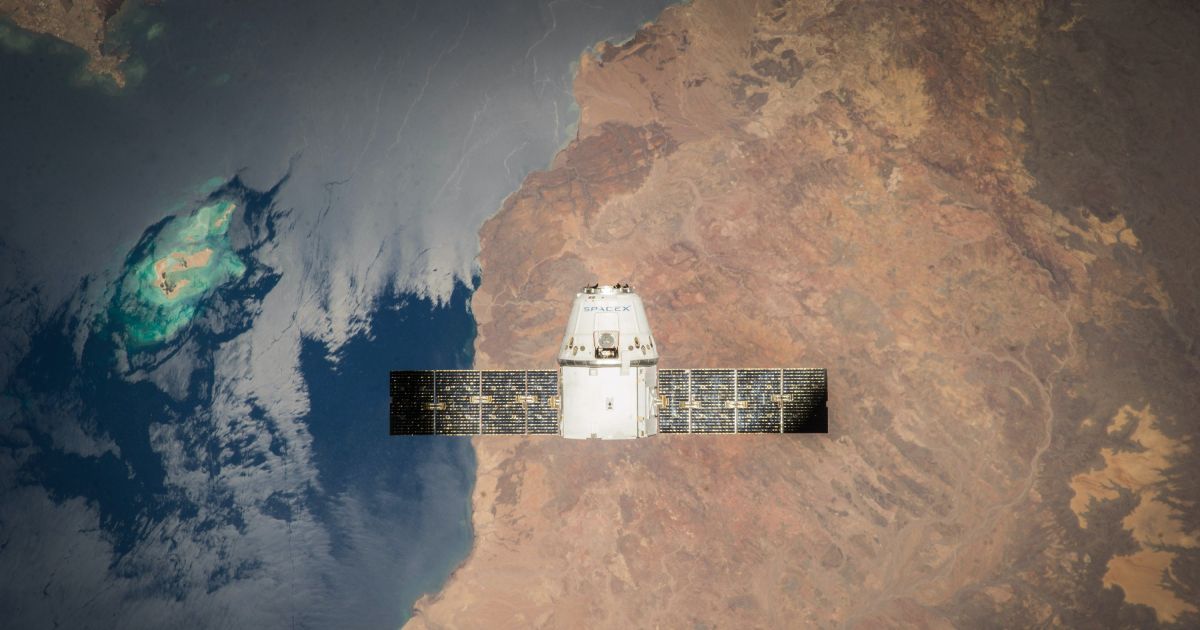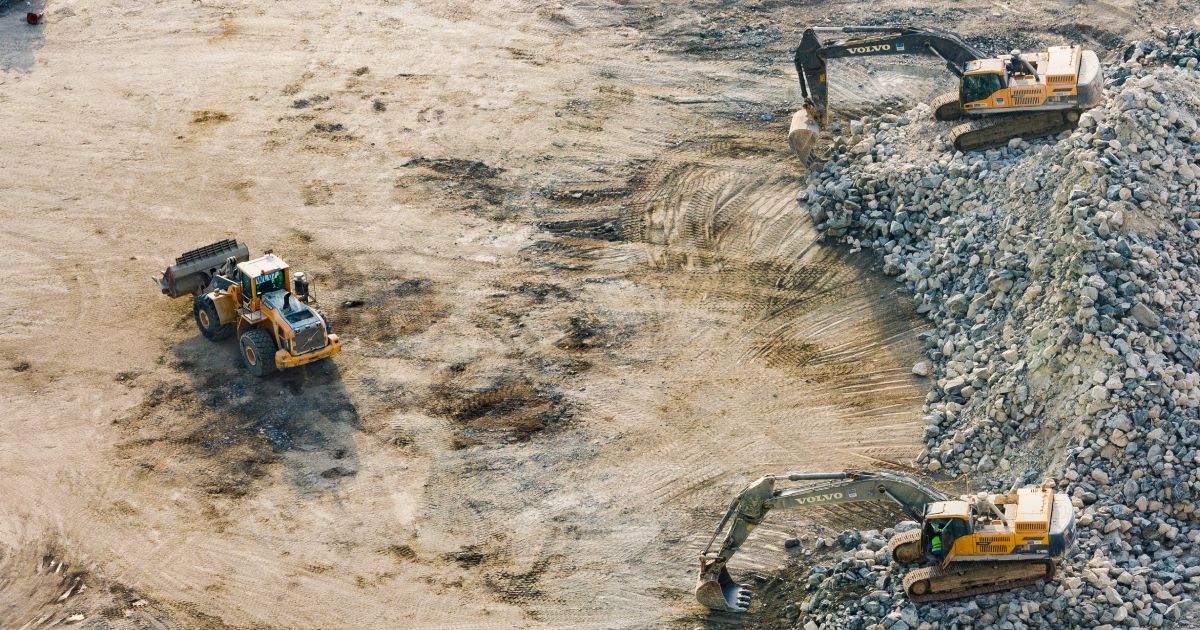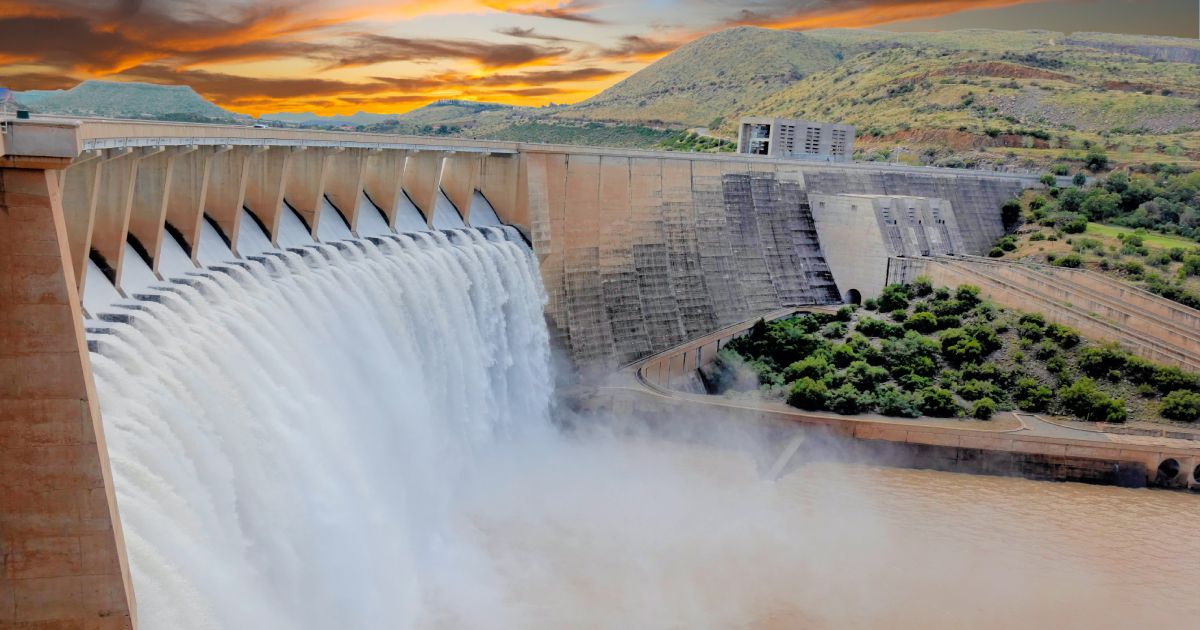How Technology is Impacting the Mining Industry

The mining industry, known for its heavy machinery, labor-intensive operations, and challenging environments, has experienced a remarkable transformation in recent years with the advent of advanced technologies.
From enhanced exploration techniques to automated mining equipment and real-time data analytics, technology is revolutionizing the mining sector, leading to increased efficiency, safety, and sustainability.
This article delves into the various ways technology is impacting the mining industry and shaping its future.
Advanced Exploration and Resource Management

In the mining industry, technological advancements have revolutionized the traditional exploration methods. Gone are the days of extensive physical surveys and manual sampling. With the integration of cutting-edge technologies like remote sensing, drones, and satellite imagery, the exploration process has been elevated to new heights of accuracy and efficiency.
These advanced tools provide detailed and real-time geological data, allowing mining companies to identify potential mineral deposits with greater precision and speed. As a result, decision-making in the mining sector has been significantly streamlined, empowering companies to make informed choices about resource allocation and investment.
Another significant technology driving change in the mining industry is Geographic Information System (GIS) software like ArcGIS and MapInfo Pro. This sophisticated software is a powerful asset, enabling mining companies to effectively manage and analyze vast datasets related to their operations.
With GIS, the data collected from various sources can be visualized, interpreted, and utilized to optimize mining processes. By gaining valuable insights from the data, companies can strategically plan their mining activities, minimize waste, and reduce environmental impact.
GIS also facilitates effective communication and collaboration among different teams within the mining organization, promoting better coordination and decision-making at all levels. As technology continues to advance, the mining industry is on a trajectory towards greater efficiency, sustainability, and environmental stewardship.
Autonomous and Remote-Controlled Mining Equipment

Automation is transforming the mining industry by revolutionizing productivity and worker safety. The rise of autonomous mining trucks, drills, and loaders is reshaping large-scale mining operations. These cutting-edge machines can operate without human intervention, relying on GPS and advanced sensors to navigate the mining site, transport materials, and conduct drilling operations with impressive precision.
The deployment of remote-controlled equipment also empowers miners to operate machinery from a safe distance, minimizing their exposure to hazardous conditions and significantly reducing the risk of accidents and injuries.
Furthermore, automation offers remarkable benefits in terms of efficiency and cost-effectiveness. Autonomous mining equipment can work continuously, 24/7, with minimal downtime, leading to increased output and optimized resource utilization. By eliminating the need for rest breaks and shift changes, automation ensures continuous operation and maximizes productivity, thus bolstering the overall profitability of mining operations.
Moreover, as autonomous machines do not require on-site human operators, they can work in harsh and challenging environments that might otherwise be hazardous for workers, leading to enhanced safety standards and reduced worker fatigue. As the mining industry continues to embrace automation, its potential to revolutionize operations, elevate efficiency, and prioritize worker safety is expected to have a lasting impact on the future of mining worldwide.
Real-time Data Analytics and Predictive Maintenance

In the modern mining landscape, data analytics is emerging as a powerful tool for optimizing operations and driving efficiency. Through real-time monitoring of equipment performance and mining processes, mining companies gain valuable insights that facilitate prompt decision-making and streamlined resource allocation. The ability to analyze vast amounts of data in real-time empowers mining operators to make informed choices, ensuring that operations remain agile and responsive to changing conditions.
Additionally, data analytics plays a critical role in predictive maintenance, where sophisticated algorithms are employed to identify potential equipment failures before they occur. By scheduling maintenance proactively, mining companies can minimize downtime, reduce repair costs, and extend the lifespan of their machinery, ultimately leading to significant cost savings and enhanced operational efficiency.
Furthermore, data analytics fosters continuous improvement in mining operations. By closely analyzing data on production, energy consumption, and overall efficiency, mining companies can pinpoint areas of improvement and implement targeted optimizations. Data-driven insights empower mining professionals to fine-tune their processes and address inefficiencies, fostering a culture of continuous improvement within the organization. Moreover, data analytics enables mining companies to better understand their resources and reserves, aiding in strategic decision-making and long-term planning.
Through advanced geological modeling and data-driven assessments, companies can identify areas with the highest mineral potential, ensuring more accurate exploration and resource allocation. As data analytics continues to advance, its impact on the mining industry is expected to grow, unlocking new opportunities for optimization, sustainability, and growth.
Environmental Sustainability

In the quest for a more sustainable mining industry, technology is proving to be a driving force in minimizing environmental impact. Water management, a critical aspect of responsible mining, is benefiting from innovative technologies such as advanced water treatment systems. These cutting-edge solutions enable mining companies to recycle and reuse water, significantly reducing water consumption and lessening the strain on local water resources. By employing water management techniques that prioritize efficiency and conservation, the mining industry is taking significant strides towards mitigating its environmental footprint and fostering a more sustainable approach to resource extraction.
Furthermore, the adoption of renewable energy solutions is reshaping the energy landscape in mining operations. Solar power and wind energy systems are being increasingly integrated into mining sites, providing a clean and renewable alternative to traditional fossil fuel-based energy sources. Embracing these renewable energy technologies not only reduces carbon emissions and greenhouse gas output but also enhances energy independence for mining companies. With advancements in renewable energy storage and grid integration, mining operations can tap into a more sustainable power supply, further reducing their environmental impact.
The convergence of technology and environmental consciousness is paving the way for a more responsible and eco-friendly mining industry, with digital monitoring systems playing a crucial role in tracking and mitigating environmental impacts, ensuring compliance with sustainability standards, and ultimately fostering a more sustainable future for the mining sector.
Final Thoughts
As the mining industry embraces technological advancements, it stands poised for a more sustainable and efficient future. From exploration to extraction and environmental management, technology is enhancing productivity, safety, and environmental stewardship in mining operations worldwide.
Continued investment in research and development, coupled with the willingness to adopt new technologies, will drive further innovation and shape the mining industry's landscape in the years to come.





